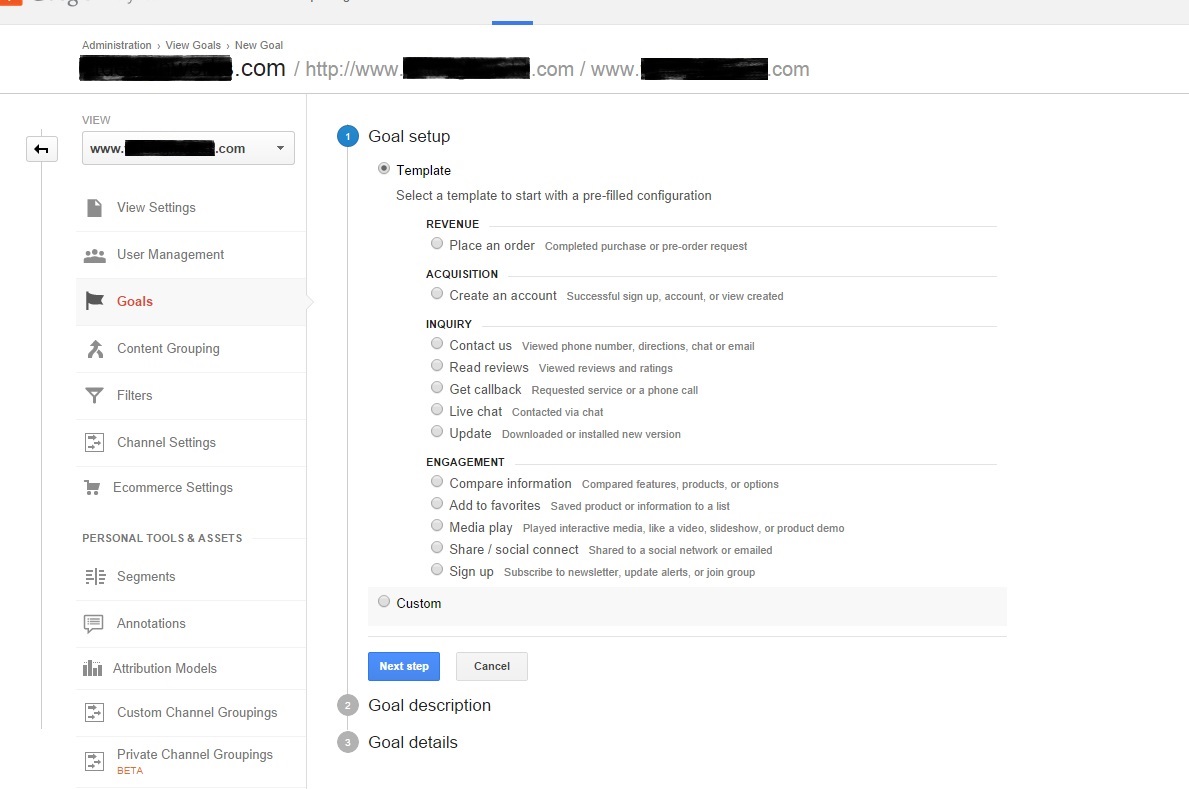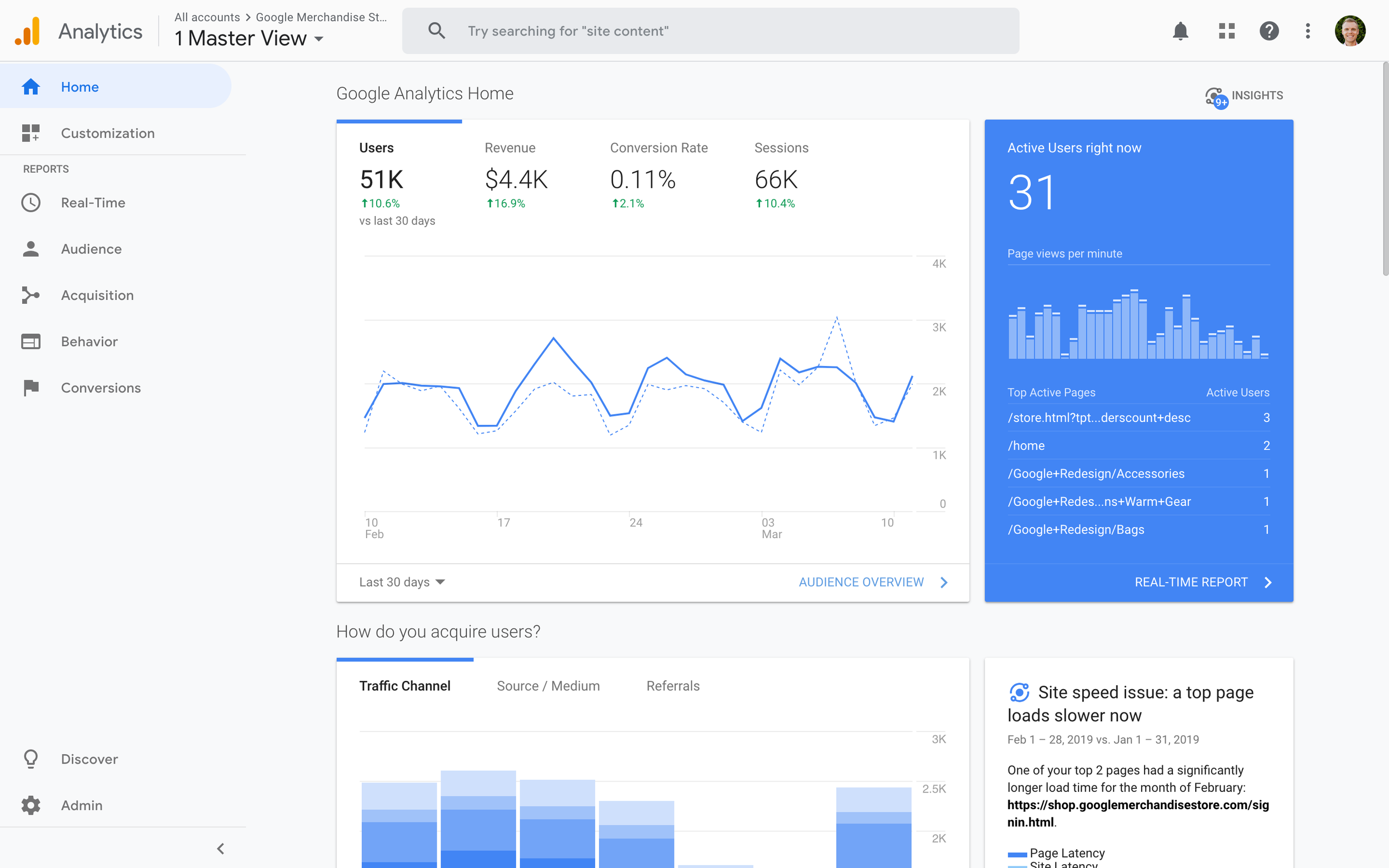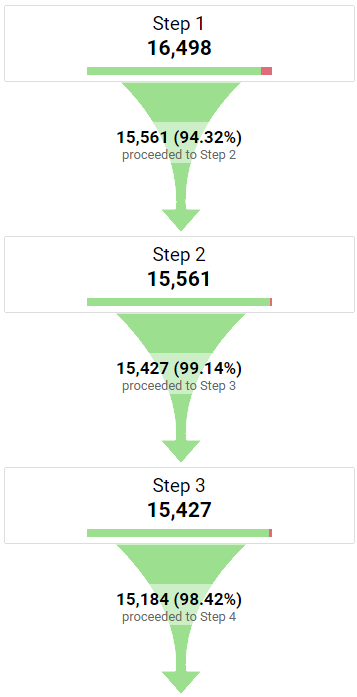Exploring What Data Is Google Analytics Goals Unable to Track
Exploring What Data Is Google Analytics Goals Unable to Track
Blog Article
Revealing the Blind Spots: Recognizing What Google Analytics Goals Can not Determine
In the realm of electronic analytics, Google Analytics stands as an effective device for monitoring and analyzing on the internet user interactions. Recognizing what Google Analytics objectives can not gauge is vital for getting a thorough view of user actions and interaction.
User Actions on External Platforms
Recognizing exactly how users engage on external systems is important for optimizing on the internet techniques. Exterior platforms, such as social media sites networks, recommendation websites, and on the internet discussion forums, play a considerable duty in driving web traffic to a firm's web site. By analyzing individual actions on these platforms, organizations can acquire beneficial insights into the performance of their advertising initiatives and the preferences of their target market.
One trick aspect of individual actions on external systems is the referral source. By tracking where the individuals are originating from, services can determine which systems are driving the most traffic to their site. This information can aid business allocate their resources much more effectively, focusing on the systems that yield the finest outcomes.

Offline Conversions and Communications
Analyzing user habits on exterior systems supplies important insights into online methods; nonetheless, taking into consideration offline conversions and communications is just as necessary for an extensive understanding of a business's total efficiency. Offline conversions, such as in-store acquisitions or phone questions, play a considerable role in numerous services' success.

Attribution Beyond Last Click
When diving right into the world of digital advertising analytics, it comes to be important to look past the solitary touchpoint of the last click for an extra detailed understanding of acknowledgment. While Google Analytics offers valuable insights into individual actions, depending only on last-click attribution can be limiting - what data is google analytics goals unable to track. Attribution designs that exceed the last click use an extra nuanced sight of the customer trip, taking into account all the touchpoints that result in a conversion
Acknowledgment past the last click permits marketers to assign credit score to numerous communications along the conversion course, providing a clearer image of the efficiency of different advertising networks. By discovering multi-touch acknowledgment models such as straight, time degeneration, or position-based acknowledgment, services Full Report can much better designate their advertising spending plans and enhance their methods for maximum effect.
Comprehending the influence of each touchpoint in the conversion process is vital for making informed decisions and making best use of ROI. By embracing acknowledgment past the last click, organizations can obtain much deeper insights right into consumer actions and customize their advertising initiatives better.
Cross-Device and Cross-Browser Tracking

In a similar way, cross-browser tracking matches cross-device tracking by capturing user habits as they switch over in between different web browsers. Comprehending just how customers interact with sites on different internet browsers can aid marketing experts optimize their online experiences to guarantee consistency and performance throughout various systems.
Qualitative Information and User Intent
Understanding individual intent with qualitative data analysis is critical for creating targeted electronic marketing methods that reverberate with the demands and choices of the target market. Qualitative information gives understandings right into the 'why' behind customer activities, clarifying inspirations, feelings, and choices that measurable information alone can not record. By analyzing user feedback, remarks, and communications, marketers can discover important info about user intent, allowing them to tailor their messaging, content, and offerings to better align with what their audience is looking for.
Qualitative information additionally aids in comprehending the context in which individuals involve with a web site or application. This contextual understanding allows marketing professionals to produce even more individualized and appropriate experiences, inevitably driving greater engagement and conversion prices. By diving right into customer intent via qualitative information analysis, companies can acquire a deeper understanding of their target market, leading to much more effective marketing strategies that fulfill customers' assumptions and demands.
Final Thought
Finally, Google Analytics objectives have restrictions in gauging customer behavior on outside systems, offline conversions, acknowledgment past last click, this website cross-browser and cross-device monitoring, and qualitative data associated to user intent. what data is google analytics goals unable to track. It is very important for companies to be aware of these blind places in order to supplement their information evaluation with various other devices and approaches to gain an extra comprehensive understanding of their audience and click to investigate boost their overall digital advertising and marketing strategies
By examining customer actions on these platforms, services can obtain important understandings right into the effectiveness of their marketing efforts and the choices of their target audience.
Evaluating individual actions on exterior platforms offers useful understandings right into online techniques; nonetheless, considering offline conversions and interactions is similarly essential for an extensive understanding of a business's general efficiency.In electronic advertising and marketing analytics, relocating past last-click acknowledgment to discover cross-device and cross-browser monitoring is essential for getting a holistic understanding of individual interactions across various platforms and devices. By evaluating user feedback, comments, and interactions, online marketers can uncover valuable information about customer intent, permitting them to customize their messaging, web content, and offerings to much better straighten with what their audience is seeking.
By delving right into customer intent with qualitative data analysis, companies can acquire a deeper understanding of their target audience, leading to more reliable advertising and marketing approaches that satisfy individuals' expectations and needs.
Report this page